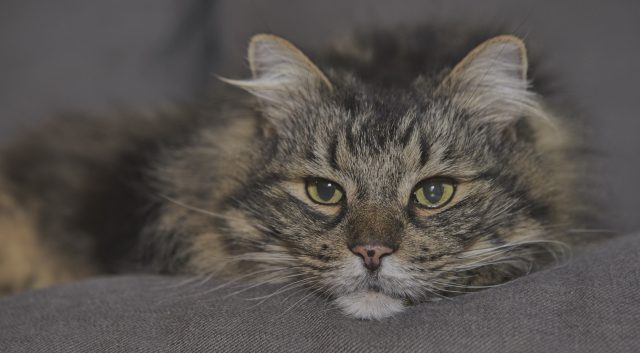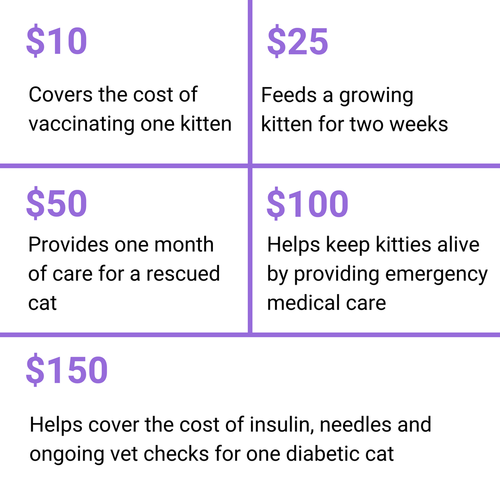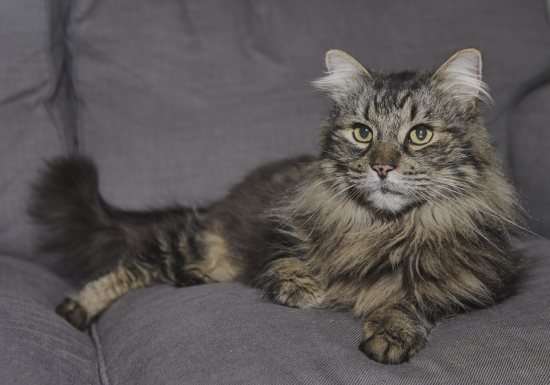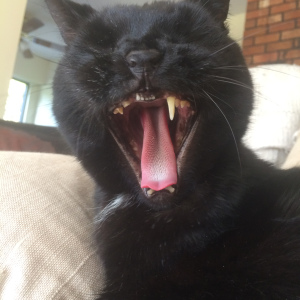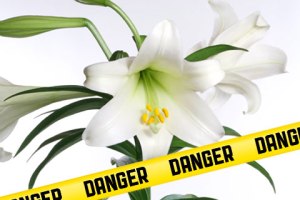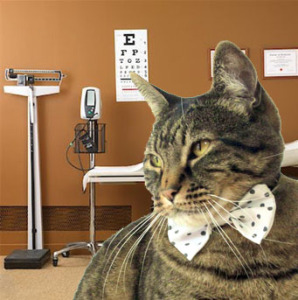 As a volunteer-driven non-profit, VOKRA wouldn’t exist without our volunteers. Currently we have more than 400 volunteers working hard to ensure the kitties in our care get everything they need and are adopted in loving homes. But how do we find all these volunteers? That’s where our volunteer recruitment team comes in. This month we’re celebrating one of our volunteers who helps us find volunteers – Raj Johal. Here Raj tells us in his own words why he volunteers with VOKRA:
As a volunteer-driven non-profit, VOKRA wouldn’t exist without our volunteers. Currently we have more than 400 volunteers working hard to ensure the kitties in our care get everything they need and are adopted in loving homes. But how do we find all these volunteers? That’s where our volunteer recruitment team comes in. This month we’re celebrating one of our volunteers who helps us find volunteers – Raj Johal. Here Raj tells us in his own words why he volunteers with VOKRA:
At the beginning of university, I wanted to get involved and volunteer to not only get experience but to meet others and make an impact. With me wanting to pursue a career in medicine the first thing that came to mind was a hospital. I started volunteering there but felt I couldn’t contribute towards anything significant or make any sort of meaningful impact. Thus, I started searching again and stumbled upon VOKRA. I had always loved animals so as I got to learn more about what this organization did and how they achieved it I knew it was the right fit and I wanted to be a part of it.
I was also fortunate enough to have gotten the position of recruitment coordinator allowing me to talk to a wide range of individuals. This is undoubtedly my favorite part of being a recruiter as I get to talk to and hear from people of different cultures and backgrounds. I’ve now heard countless stories about how cats or other animals have made a difference in people’s lives which I find to be truly inspiring. All these volunteers and their mutual love of animals and passion for helping is why I believe VOKRA has been able to do such a good job. The fact I get to play a part in introducing them to our organization is instrumental for me and something that always makes me smile.
In terms of my role, I started off as a recruitment coordinator and then in conjunction was also the team lead for over two years. I’ve really enjoyed both roles, as a recruiter I’m responsible for screening volunteer applications which involves interviewing volunteers and ultimately placing them in positions that fill our needs, but most importantly makes them happy. As a team lead, I was responsible for coordinating with other team leads to determine volunteer needs, making and refining volunteer positions along with applications, recruiting volunteers via postings and presentations, and finally ensuring our team was a cohesive unit that worked hard to fill all these gaps.
Over the years, I’ve formed many memories I believe have shaped me into who I am today. The one that stands out is from last year when Shoaib, one of our recruitment coordinators, and I did a presentation at a senior care home. The purpose of this presentation was to recruit new volunteers. I don’t remember now how many ended up applying but what I do remember is this story of an older lady with her cat. She talked to us at the end about how having her cat was such a huge support network for her when she was severely depressed and without any family or friends. It just goes to show that not only are we helping cats but also indirectly making a positive impact on people. It makes me very proud to be a part of VOKRA when I hear how highly people think of this organization!
I am now volunteering as a recruitment coordinator while Michelle leads this team to hopefully become even better and efficient. However, I have learned a tremendous amount in my time here and met many altruistic individuals. I believe these to be a key part of why I got into medical school and something that I’ll always remember now that I embark on this journey!
THANK YOU Raj for all your hard work and dedication through the years. We’re so proud you’ve succeeded in being accepted into medical school at UBC and have no doubt you’re going to be a fabulous doctor!
As a volunteer-driven non-profit, we clearly couldn’t do what we do without our extremely dedicated and hard working team of volunteers. Thank you to each and every one of you!
VOKRA is always in need of volunteers, especially in the summer months. If you’re interested in volunteering with us visit our website at vokra.ca/volunteer.
